 What do you do with that small spare room, the one that’s not quite big enough to be a full-size bedroom? Often this room is used as a child’s room or a home office (often with an awkward furniture arrangement). Sometimes it becomes a dumping ground for extra stuff. Here is some advise on getting the most from these tricky spaces.
What do you do with that small spare room, the one that’s not quite big enough to be a full-size bedroom? Often this room is used as a child’s room or a home office (often with an awkward furniture arrangement). Sometimes it becomes a dumping ground for extra stuff. Here is some advise on getting the most from these tricky spaces.
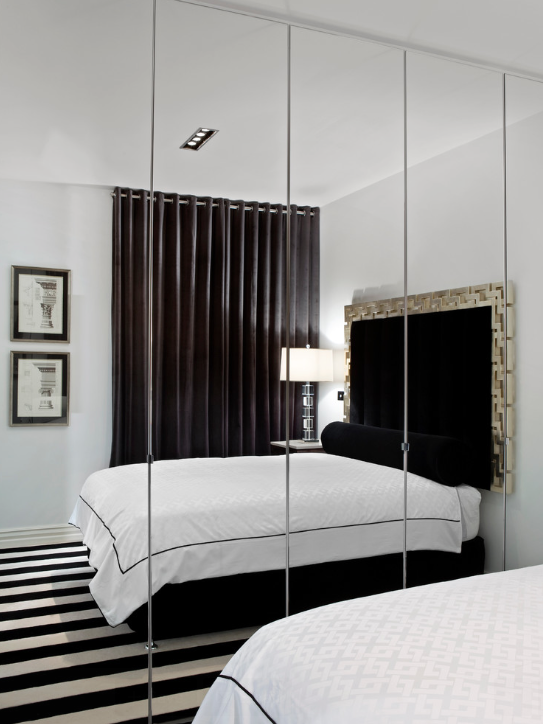 Give it a purpose. In many cases the difficulties in decorating a spare room — the room you wouldn’t be sure whether to count as a bedroom or a study if you were selling your home — stem from the ambiguity of the space.
Give it a purpose. In many cases the difficulties in decorating a spare room — the room you wouldn’t be sure whether to count as a bedroom or a study if you were selling your home — stem from the ambiguity of the space.
Play with reflections.
This is a classic trick and one that can be invaluable in a tiny room, especially when it’s a well-used living space. Add mirrors to help expand the space, creating an illusion that the space expands beyond the room.
Color with care. Once you know how the space will be used, you can start thinking about colors and whether you will opt for a darker shade for a more intimate feel, or brighter tones for a more open, airy approach.
If your spare room is blessed with an abundance of natural light, paint it white to boost the airy effect and eliminate any cooped-up feeling. Keeping furniture and decor pared down and using pieces you can see through will add to the free-flowing feel.
But if you’re dealing with a windowless or dark room, it will never look light. White paint in this situation risks appearing gray and dull — so go the other way with a bold, moody or quirky look.
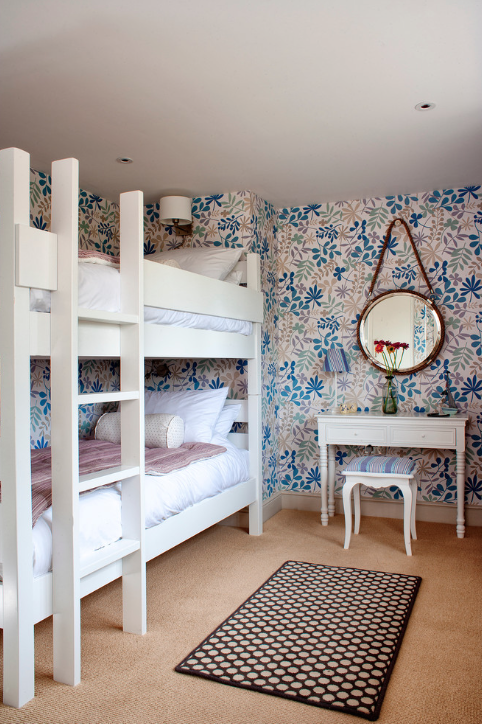 Embrace maximalist decor. Small spaces make great areas in which to be more creative. Go overboard with wallpaper and cover all the walls — even have the same design on the curtains. It’s all about fitting everything you need into a small space without impacting on how you physically move around the room.
Embrace maximalist decor. Small spaces make great areas in which to be more creative. Go overboard with wallpaper and cover all the walls — even have the same design on the curtains. It’s all about fitting everything you need into a small space without impacting on how you physically move around the room.
Focus on the features. Embrace original features, which will add depth to the space.
Get on up. Use the space in a spare room vertically as well as horizontally.
Pimp out your storage. Built-in storage — if you can squeeze it in — is a fantastic way to pack extra space into a tiny bedroom.
Round things out. Try to understand exactly how you will use the space and design around that, defining each area with real purpose.
Downsize your bed. To make the most of the space, use appropriately sized furniture and try not to overcrowd the room. If you can’t comfortably fit a double bed into the room, go smaller.
Hang it up. If there really isn’t space for a wardrobe, think about using some decorative hooks and lovely fabric hangers, just enough for a guest to hang one or two items.
Dig in. When you don’t have the luxury of being able to encroach on the livable space in a room with protruding shelves, why not dig into a wall to create storage niches?
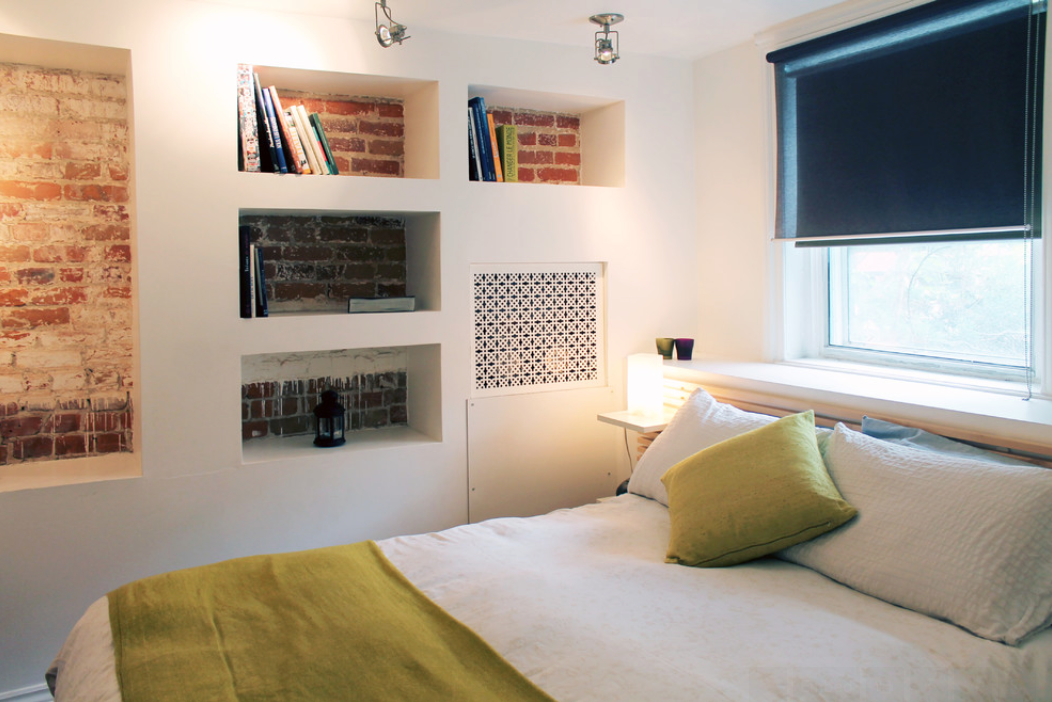 Employ the “two’s company” rule. A home study or office can be a fantastic way to make the most of a spare room. But to avoid feeling cramped while you work, use two full walls but leave the others completely free. This balances functionality and ergonomics.
Employ the “two’s company” rule. A home study or office can be a fantastic way to make the most of a spare room. But to avoid feeling cramped while you work, use two full walls but leave the others completely free. This balances functionality and ergonomics.
Create a feature wall. Carefully positioned wallpaper in a square space is such a clever trick. It focuses the eye to one particular wall, drawing you into the space and changing how you see the shape of the room.
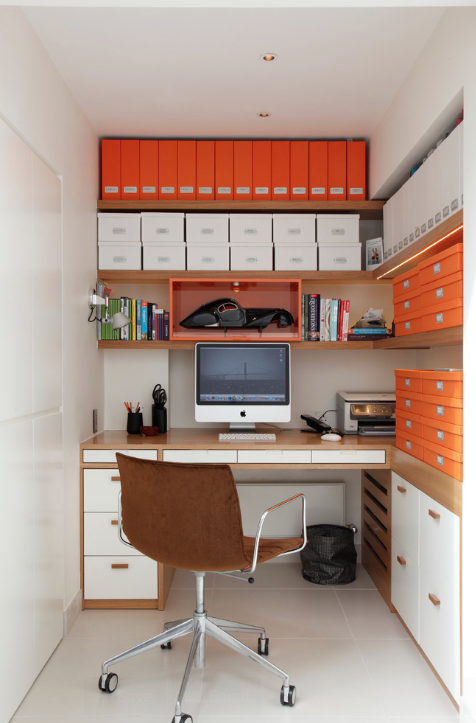 Add depth. Finding the right colors for the walls in a small bedroom can be challenging, as you try to inject depth into the room. In an otherwise plain room, details such as a striking
Add depth. Finding the right colors for the walls in a small bedroom can be challenging, as you try to inject depth into the room. In an otherwise plain room, details such as a striking 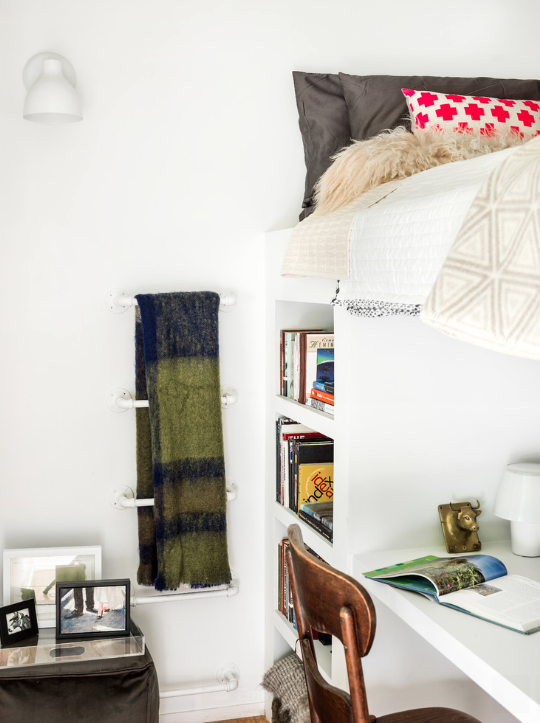 landscape painting that draws you toward a point in the distance, and structurally interesting shutters, can create a sense of depth where there was none. The challenge of these rooms, is that you have to consciously think about every little detail, as the space won’t give any natural clues.
landscape painting that draws you toward a point in the distance, and structurally interesting shutters, can create a sense of depth where there was none. The challenge of these rooms, is that you have to consciously think about every little detail, as the space won’t give any natural clues.
Choose clever furniture. Not only should you consider choosing downsized versions of regular furniture to make more of a little room, but you should also seek out furniture that does more than one thing.
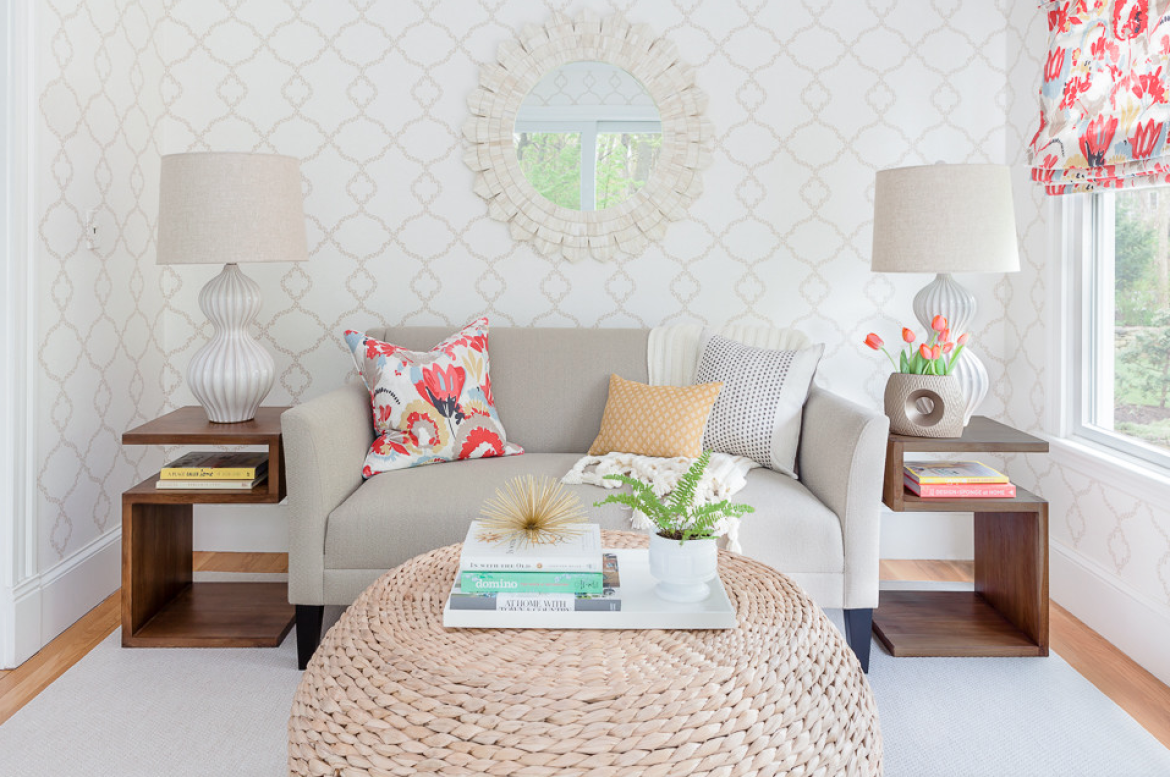
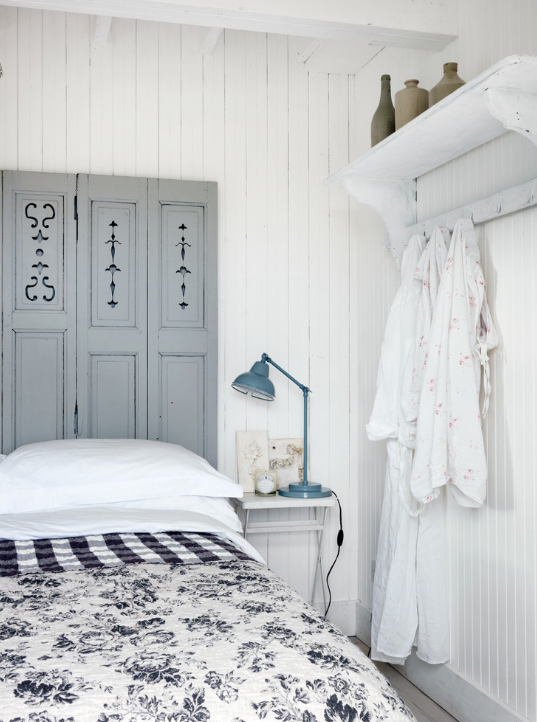

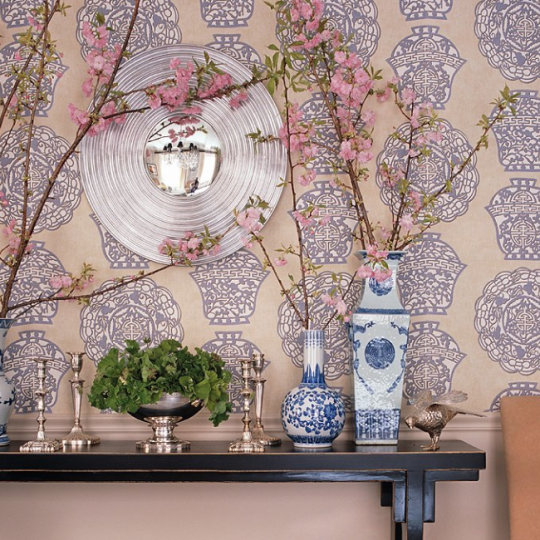
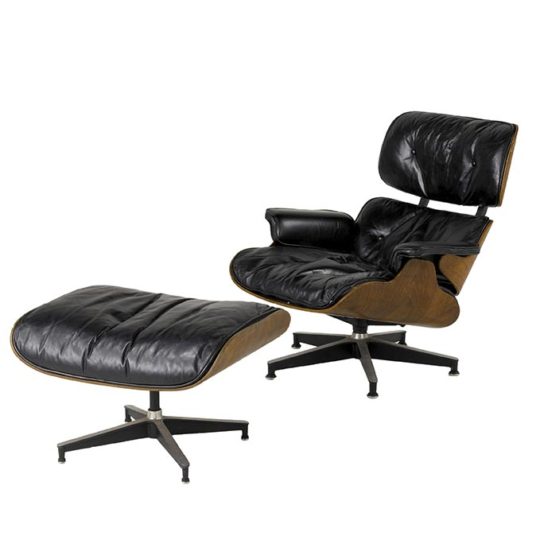
Sorry, the comment form is closed at this time.